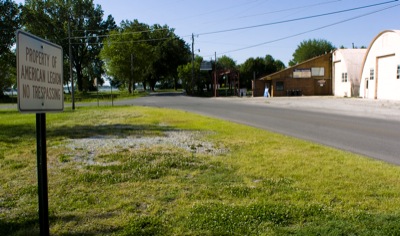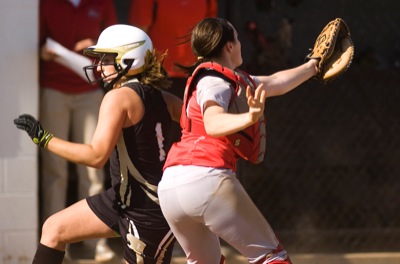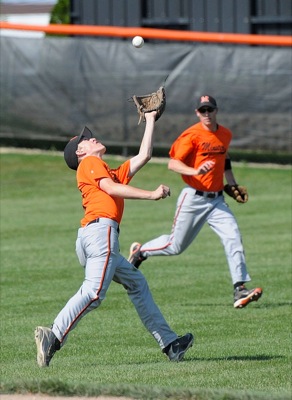Thursday, May 17th, 2012
Competitive balance proposal defeated
By Randy Bruns
The Ohio High School Athletic Association (OHSAA) went to the well for the second year in a row but once again it came up dry in its quest for 'competitive balance.'
Just like last year, the OHSAA put forth an initiative that would have altered the way divisions are made up in an effort to address concerns about advantages that some schools are thought to have. Voting on the initiative ended Tuesday, but when the ballots were counted and made public yesterday, the results were very much like they were a year ago.
Of the 640 votes, 339 (53 percent) voted against this year's Competitive Balance Amendment compared to 301 (47 percent) that voted for its adoption. Last year's proposal, which was more punitive to teams with winning traditions than this year's, failed by a margin of 52 percent to 48 percent.
OHSAA's Commissioner Dan Ross, who had championed the proposal leading up to the vote, indicated that the second defeat may well be the last.
"As was the case last year, we anticipated the vote would be close," said Ross in a press release. "We tried the Competitive Balance Committee's proposal two years in a row but the schools have spoken. I don't anticipate getting the committee back together and bringing another proposal back to the membership, but at the same time, I don't anticipate competitive balance going away since this issue has engendered a lot of conversation among a lot of people."
The competitive balance issue was brought to the OHSAA's attention by a group of public high school administrators from Wayne County in northeast Ohio a few years ago. The administrators pointed to the historic dominance of private schools in state tournaments as privates won 43 percent (146 of 340) of state titles in selected sports over a 12-year span from 1999 to 2010.
In response, the association formed the Competitive Balance Committee, which put together last year's amendment and followed up with a revised version this year. Both amendments focused on three factors that the committee believed directly affects teams' ability to compete: school districts' boundaries, students' socioeconomic statuses and teams' historical tradition of success.
By far the most controversial of the three was the 'tradition factor', which imposed additions to the enrollments of schools that were historically dominant, thus making them more likely to move up a division to face larger schools. Though the tradition factor was watered down a bit in this year's proposal, the end result was the same.
With Commissioner Ross' statement that the competitive balance issue isn't going away, the question is what the OHSAA will do next to try to address the issue. There is already talk of the Wayne County administrators trying to build momentum to put another amendment on the ballot next year that would call for separate tournaments for private and public schools, but history shows that will be an uphill battle.
Similar proposals for separate tournaments were voted on twice in the past 35 years, but they were resoundingly defeated both times. In 1978 the issue went down by a margin of 84 percent to 16 percent, while the 1993 version garnered only 33 percent of the vote against 67 percent that didn't want separate tournaments.


